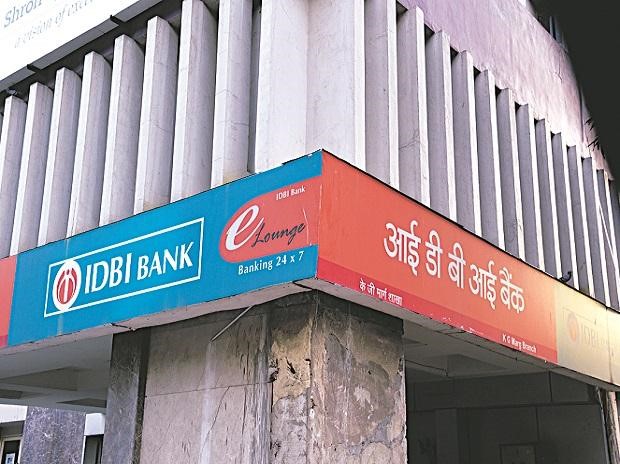Central Bank Digital Currency (CBDC)
Why in News
According to the Reserve Bank of India (RBI), Central bank digital currency (CBDC) could become a tool for reducing time and cost for cross-border transactions.
Important Points
What are CBDCs?
• CBDCs are a form of digital currency issued by a country’s central bank.
• They are similar to cryptocurrencies, except that their value is fixed by the central bank and equivalent to the country’s fiat currency.
• In India the introduction of CBDC was announced in the Union Budget 2022-23.
Fiat Money
• Fiat money is a government-issued currency that has no backing from a physical commodity like gold or silver.
• It is considered a form of legal tender that can be used to exchange for goods and services.
Need of CBDCs
• Financial Inclusion: People without access to traditional banking can use CBDCs for transactions, payments, and other financial services.
• Efficiency in Payments: CBDCs can streamline and expedite payment processes, reducing transaction costs and settlement times.
• Crisis Response: CBDC can be used as a tool for responding to financial crises or emergencies by providing a means for the central bank to inject liquidity into the economy more quickly.
• Enhancing Cross-Border Payments: CBDC could facilitate faster and more efficient cross-border payments, reducing the reliance on correspondent banks and intermediaries.
• Combat Counterfeit currency: Central banks can implement real-time monitoring of CBDC transactions which allows for immediate detection of any unusual or suspicious activities, helping to prevent counterfeiting.
Concerns of CBDCs
• Digital Illiteracy: The population of India is currently not equipped to deal with digital forms of currency.
• Data Security: The use of CBDCs involves the collection and processing of extensive financial data, raising concerns about data security and the potential for cyber attacks.
• Government Surveillance: CBDCs could provide governments with more extensive tools for monitoring and controlling financial transactions, raising concerns about individual privacy and civil liberties.
• Shield to Crime: If not regulated and monitored properly, it can be used for illicit trading, criminal activities, & organized crimes.
• Operational Risks: The adoption of new technology for CBDCs introduces operational risks, such as system failures, cyber threats, and technical glitches.
• Inclusion Issues: Those without access to digital technology may be excluded from the financial system if CBDCs become the dominant form of currency.
• Legal Uncertainties: The legal status and framework for CBDCs are still evolving, leading to uncertainties regarding issues such as liability, consumer protection, and contract enforcement.
Status of CBDCs
• Global Scenario: The Bahamas, Jamaica, and Nigeria have introduced CBDCs. Other countries like China, USA, UAE, Ghana, Malaysia, Singapore, Thailand have launched it on Pilot basis.
• Indian Scenario: In 2022 the Reserve Bank of India (RBI) launched the first pilot of Digital Rupee- Retail segment (e-R).



.jpg)
.jpg)
.jpg)
.jpg)
.jpg)
.jpg)

.jpg)



